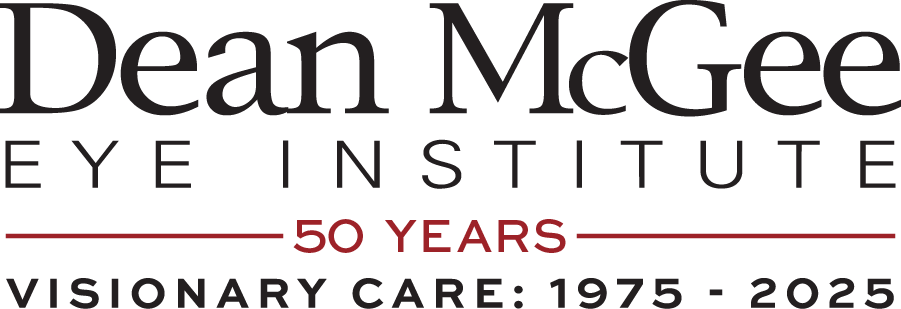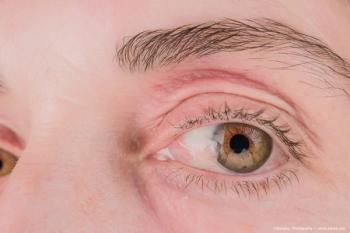
Innovation Series: How DMEI residents are shaping the future with smartphone imaging for retinal care (part 2)

Jibran Sharieff, MD, and Brandon Kingrey, MD, discuss their innovative smartphone-based device for affordable retinal imaging, highlighting its potential to enhance eye care accessibility and education in low-resource settings.
In this second of an exclusive three-part Ophthalmology Times EyePod podcast series on innovation, we continue our discussion with Jibran Sharieff, MD (PGY-2), and Brandon Kingrey, MD (PGY-3), who are residents at the Dean McGee Eye Institute (DMEI)/University of Oklahoma Department of Ophthalmology in Oklahoma City. They recently won second place at the Eyecelerator competition held prior to this month's American Academy of Ophthalmology conference in Chicago, receiving a $15,000 prize—the first such prize awarded to residents—for their development of a smartphone device designed to take fundus images.
This innovative tool aims to advance ophthalmic imaging accessibility. The device in development leverages the built-in hardware of iPhones to capture fundus images without requiring batteries or expensive optics, making it highly affordable and portable. Designed for ease of use, it surpasses traditional fundus cameras and direct ophthalmoscopes in terms of cost-effectiveness and accessibility, enabling broader use among healthcare providers. The residents highlight its potential impact on medical education by simplifying fundus photography for medical students and its utility in low-resource settings or rural healthcare.
Newsletter
Don’t miss out—get Ophthalmology Times updates on the latest clinical advancements and expert interviews, straight to your inbox.












































.png)


